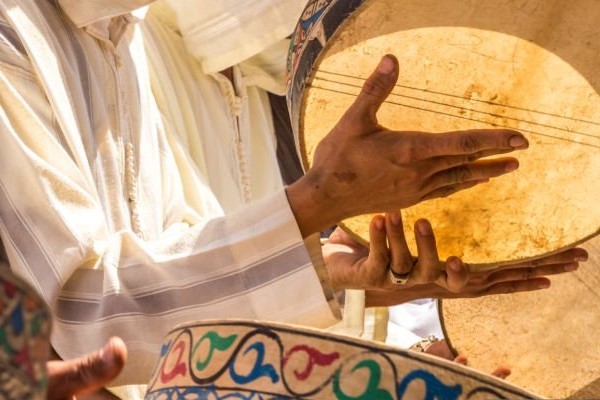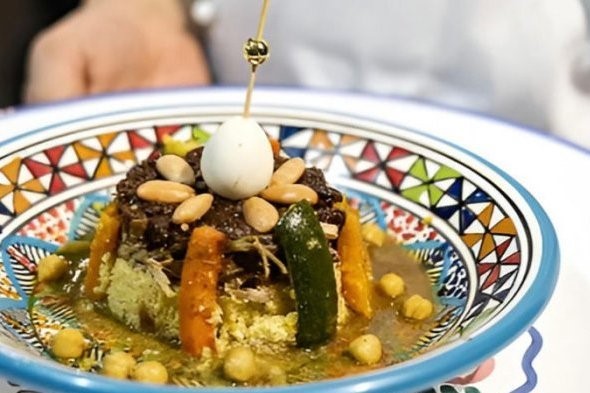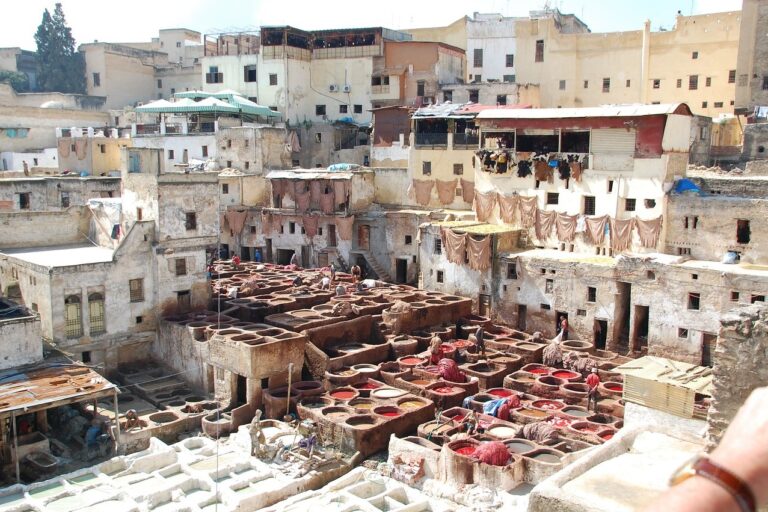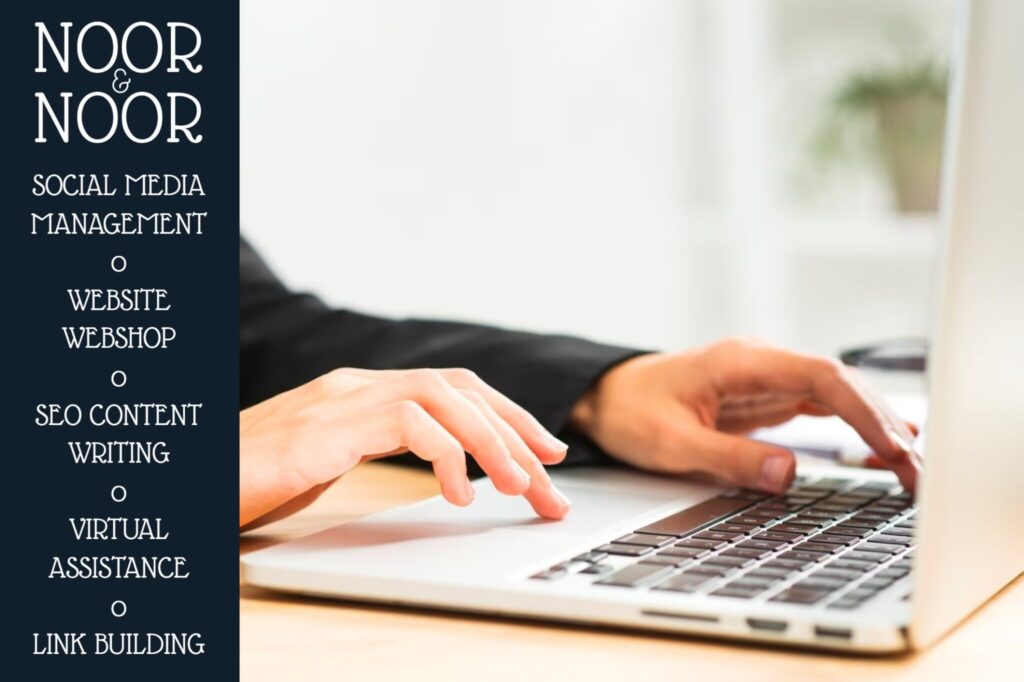Morocco, a country perched at the crossroads of Europe, Africa, and the Middle East, is a captivating land of vibrant traditions, architectural splendor, and rich cultural heritage. Known as the gateway to Africa, Morocco’s cultural treasures reflect a unique blend of Berber, Arab, Jewish, and European influences, creating a mosaic that is both diverse and harmonious.
A tapestry of languages and people
Morocco’s population is a melting pot of ethnicities, primarily composed of Arabs and Berbers. The Berbers, or Amazigh people, are the indigenous inhabitants of North Africa and have played a significant role in shaping Morocco’s cultural identity. Their language, Tamazight, is one of the official languages alongside Arabic, and their traditions are evident in the country’s music, crafts, and festivals.
French is also widely spoken, a legacy of Morocco’s colonial past, and English is increasingly popular among younger generations. This linguistic diversity highlights Morocco’s openness to the world and its ability to merge various influences into its cultural fabric.

Architectural marvels
Morocco’s cities are a testament to its rich history, with stunning architecture that ranges from ancient medinas to modern urban centers. The medinas of cities like Fez, Marrakech, and Chefchaouen are UNESCO World Heritage Sites, featuring labyrinthine streets, bustling souks, and exquisite examples of Islamic art and architecture.
The Koutoubia Mosque in Marrakech, with its towering minaret, and the Hassan II Mosque in Casablanca, perched by the Atlantic Ocean, are iconic landmarks. Equally enchanting are the kasbahs, such as Aït Benhaddou, a fortified village that has served as a backdrop for many Hollywood films.
Culinary delights
Moroccan cuisine is a sensory journey, offering a tantalizing mix of flavors and aromas. Tagine, a slow-cooked stew named after the conical clay pot it’s cooked in, is a staple, featuring ingredients like lamb, chicken, and a medley of vegetables and spices. Couscous, often referred to as Morocco’s national dish, is another must-try.
The country’s use of spices such as saffron, cumin, and cinnamon adds depth to its dishes, while the liberal use of fresh herbs like mint and parsley enhances their vibrancy. Moroccan mint tea, often referred to as “Moroccan whiskey,” is more than a beverage; it’s a symbol of hospitality and a central part of social gatherings.

Traditional arts and crafts
Morocco’s artisans are renowned for their craftsmanship, producing intricate carpets, ceramics, and metalwork. The souks, or traditional markets, are treasure troves of handmade goods. In Fez, the tanneries produce vibrant leather products using methods that date back centuries, while in the Atlas Mountains, Berber women weave colorful rugs that tell stories of their communities.
Zellige, the art of creating geometric mosaics from hand-cut tiles, is a hallmark of Moroccan design. This intricate craft can be seen adorning walls, fountains, and courtyards, showcasing the country’s mastery of detail and pattern.
Festivals and celebrations
Morocco’s calendar is filled with festivals that celebrate its heritage and traditions. The Fès Festival of World Sacred Music is an annual event that brings together artists from around the globe, while the Rose Festival in Kelaat M’Gouna celebrates the blooming of roses with music, dance, and parades.
Religious holidays like Ramadan and Eid al-Fitr are deeply rooted in Islamic traditions, and they offer visitors a glimpse into the spiritual side of Moroccan culture. During these times, the sense of community and generosity is palpable, as families come together to break fasts and share meals.
This breakfast has more fiber than a bowl of salad
When we think of fiber-rich foods, salads and vegetables usually come to mind first. But what if we told you...
Paraguay expands livestock exports to Morocco: a growing trade relationship
In a significant development for global agricultural trade, Paraguay has begun exporting live cattle to Morocco, marking a new chapter...
These 5 incredible low-lactose cheeses will transform your diet
For cheese lovers who are sensitive to lactose, finding the perfect cheese can feel like uncovering hidden treasure. The good...
Sewing: here are the first 5 practical basics
In a world increasingly aware of the environmental and social impact of fast fashion, more people are turning to sustainable...
Preserving the past, embracing the future
While Morocco takes pride in its traditions, it is also a country that embraces modernization. Cities like Casablanca and Rabat showcase contemporary architecture and innovation, blending seamlessly with the old-world charm of their medinas. This duality reflects Morocco’s dynamic spirit, where past and present coexist in harmony.
As the world becomes increasingly interconnected, Morocco continues to captivate travelers with its unique cultural treasures. Whether it’s the mesmerizing call to prayer echoing through the medinas, the vibrant colors of the souks, or the tantalizing flavors of its cuisine, Morocco offers an unforgettable experience that lingers in the hearts of all who visit.

Conclusion
Discovering Morocco is not just about exploring a destination; it’s about immersing oneself in a culture that celebrates diversity, artistry, and the enduring beauty of human connection.
















Discussion about this post